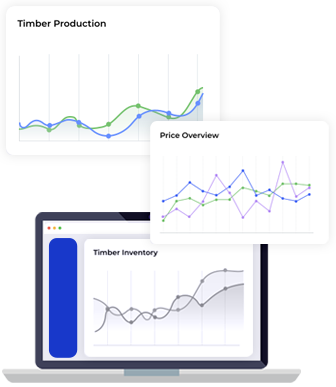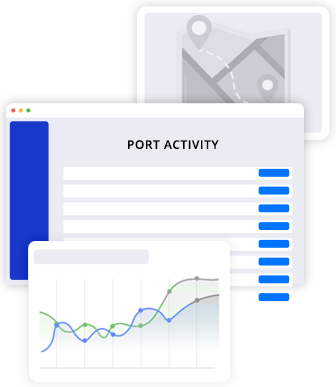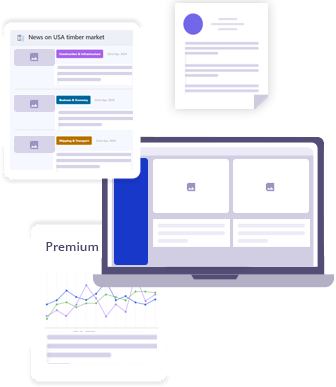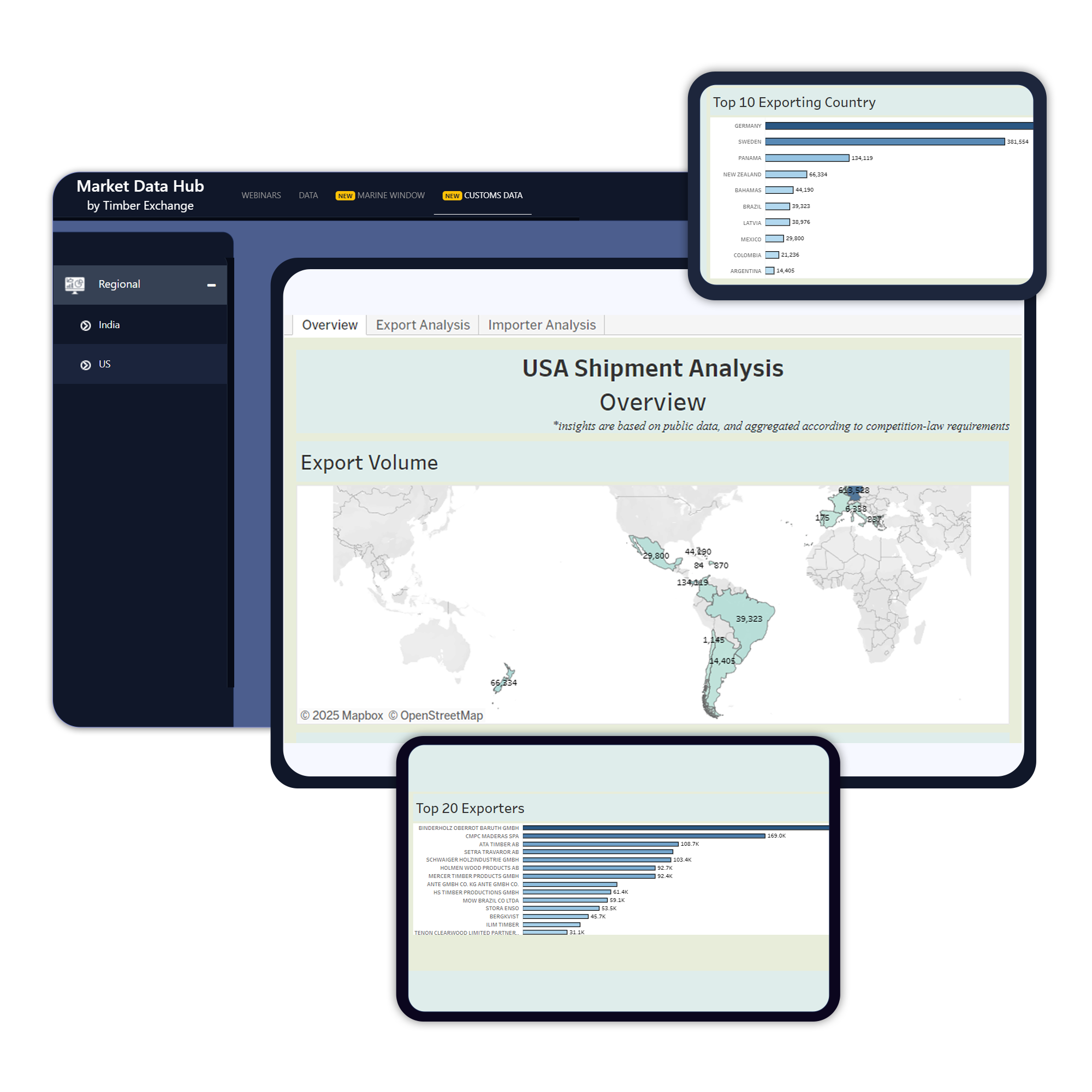Red Sea shipping diversions fuel surge in airfreight volumes and rates
Posted on April 15, 2024 |
Retailers and manufacturers are increasingly relying on airfreight to navigate the Red Sea shipping crisis, boosting international air cargo operators amid ongoing disruptions.
This strategic shift reflects companies' responses to geopolitical tensions and supply chain disruptions, especially in Europe, where importers aim to mitigate delays caused by longer sea routes around Africa.
The heightened demand has resulted in a surprisingly active airfreight market, defying traditional slow periods.
Spot rates for routes connecting the Middle East and South Asia to Europe surged by 46% from February to March, reaching $2.82 per kilogram—71% from the previous year.
Key sea-air hubs in Asia and Europe, including Dubai, Bangkok, and Colombo, Sri Lanka, have witnessed notable activity, with significant increases in tonnages compared to a year ago.
The Middle East-Europe trade emerged as the world's fastest-growing market in February, expanding by 39.3% year-on-year.
Ocean shipping diversion away from the Red Sea and around Africa, initiated in November due to Houthi rebel attacks, has led to a 45% decline in commercial ships transiting the Suez Canal in the first quarter of this year compared to the previous year.





